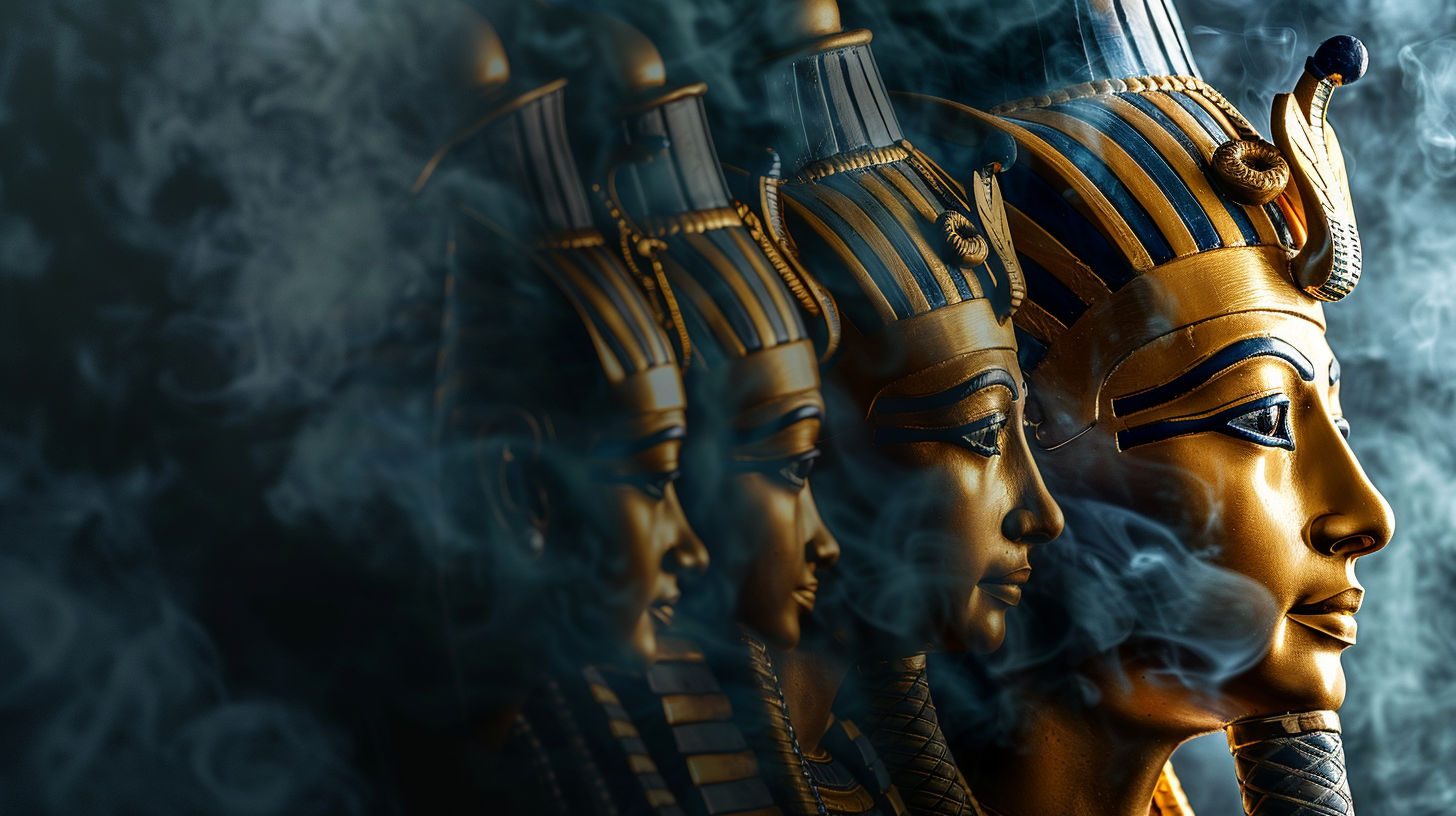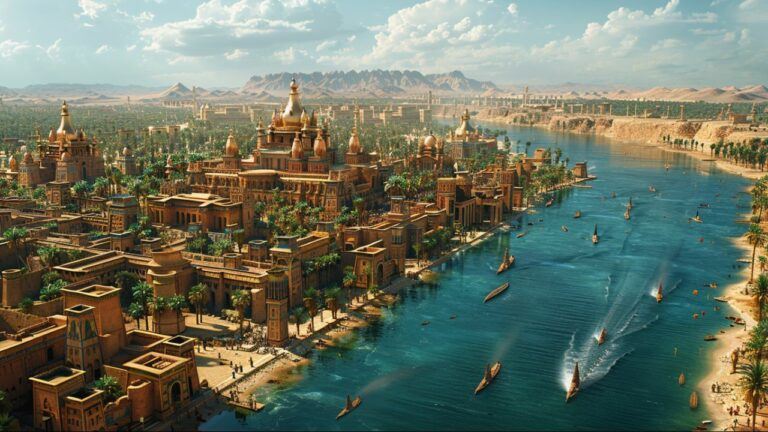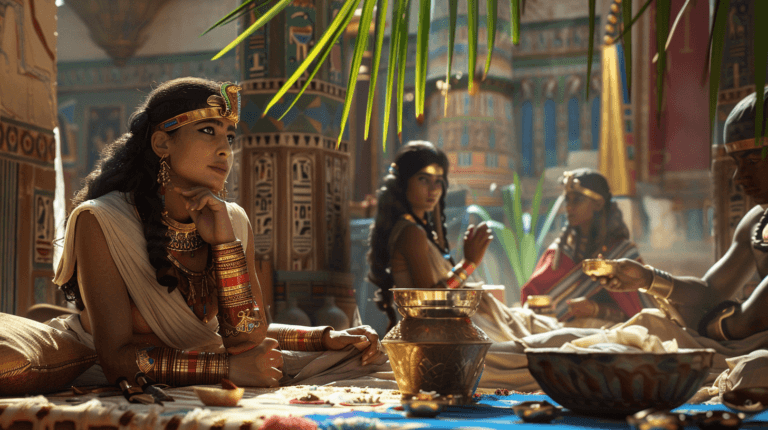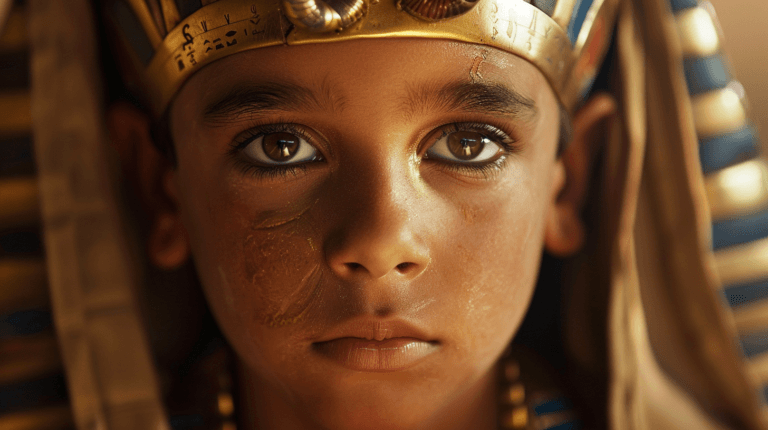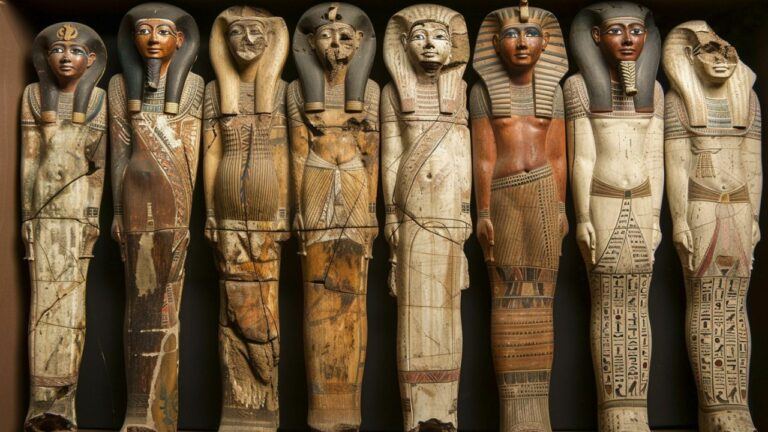Who Are the Most Famous Pharaohs of Ancient Egypt?
Have you ever wondered what makes the pharaohs of Ancient Egypt so captivating? It’s not just the grandeur of the pyramids or the mystery shrouding the hieroglyphs; it’s also about the individuals who shaped one of history’s most fascinating civilizations. In this article, I’m going to introduce you to the allure of the most famous pharaohs of Ancient Egypt – the rulers who were considered gods among men and women. So, who are the most famous pharaohs of Ancient Egypt?
Introduction to the Pharaohs of Ancient Egypt
Now, the significance of pharaohs in ancient Egyptian society was unparalleled. They were the political and religious leaders, serving not only as kings but also as vital intermediaries between the gods and people. Their monumental building projects, battles, and lives of opulence and intrigue continue to draw interest thousands of years later.
To select the most famous pharaohs, one must navigate a rich tapestry of history and myth. Their fame may be due to their achievements, their monumental constructions, or the stories and legends that survived them. This journey into history will showcase a lineup of pharaohs known not only for their impact on civilization but also for stirring the imagination of the world. As we delve into their stories, we begin with one of the most illustrious figures of Ancient Egypt – Ramses the Great.
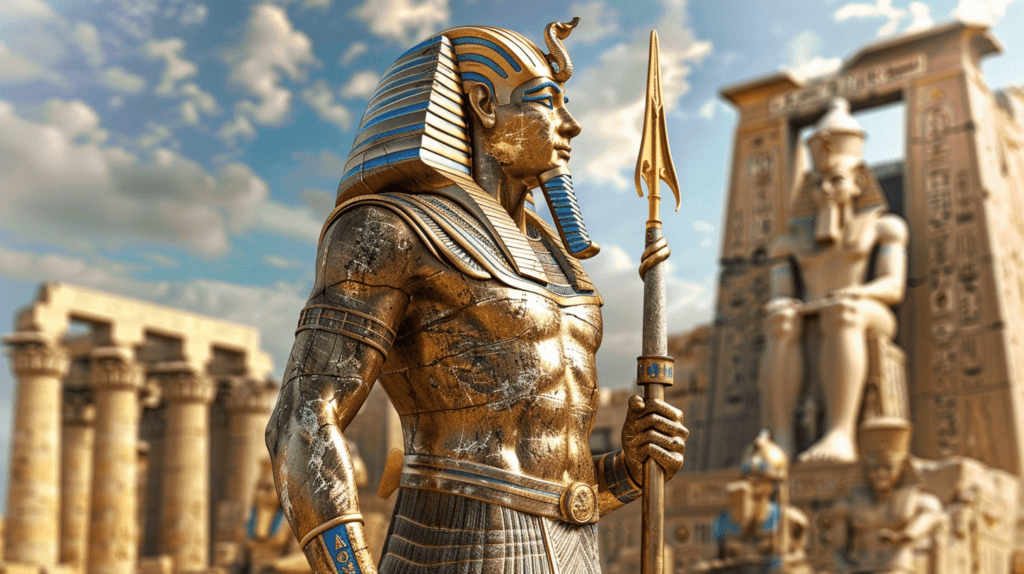
Ramses the Great – Egypt’s Prolific Builder and Warrior King
I’m going to introduce you to Ramses II, known as Ramses the Great, a name he’s more than earned with his robust resume that still commands respect today. Reigning for an incredible 66 years, he wasn’t just sitting on his throne passing the time. This pharaoh was particularly busy, leaving behind a legacy of temples, monuments, and notable military campaigns.
The Architectural Marvels of Ramses II
Choose something that resonates with you, and chances are, Ramses II built it. The Temples of Abu Simbel, with colossal statues guarding the entrance, stand as an emblem of his power and architectural vision. Not to be overlooked, the Ramesseum, his mortuary temple, serves as a testament to his grandeur and might. These awe-inspiring structures were not merely for show, they fostered a sophisticated administration and played a key role in his propaganda machine.
The Battle of Kadesh
A lot is happening very quickly when you look at Ramses the Great’s military background. The Battle of Kadesh, notably, is often touted as his greatest military achievement. It wasn’t just about displaying prowess; this conflict against the Hittites was a struggle for control over Syria and marked Egypt’s territorial zenith under Ramses’ rule.
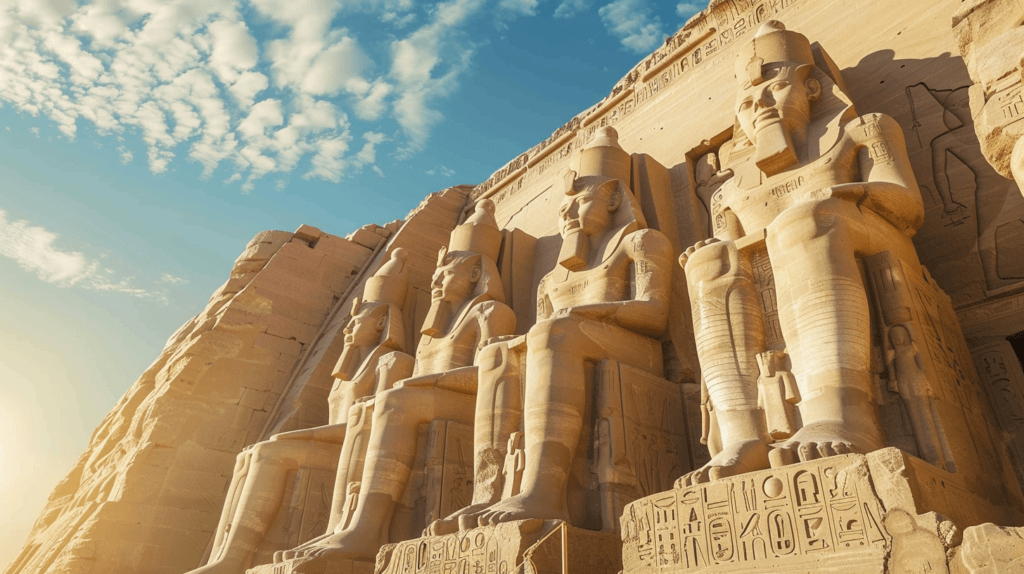
The Reliefs of Ramses II
In my opinion, his architectural accomplishments and their delicate reliefs that now etch his narratives into stone, alongside tales of combat, assure that Ramses the Great isn’t a figure you’ll forget. His strategic matrimonial alliances and careful diplomacy shaped an era of relative peace—a golden age—that sustained Egypt’s prosperity.
Don’t worry too much about military jargon or architectural terminology. You’re going to find out about how Ramses II’s robust character and strategic intellect are etched throughout his various endeavors, underscoring the depth of his reign’s impact on Ancient Egypt, an imprint that persists in modern times.
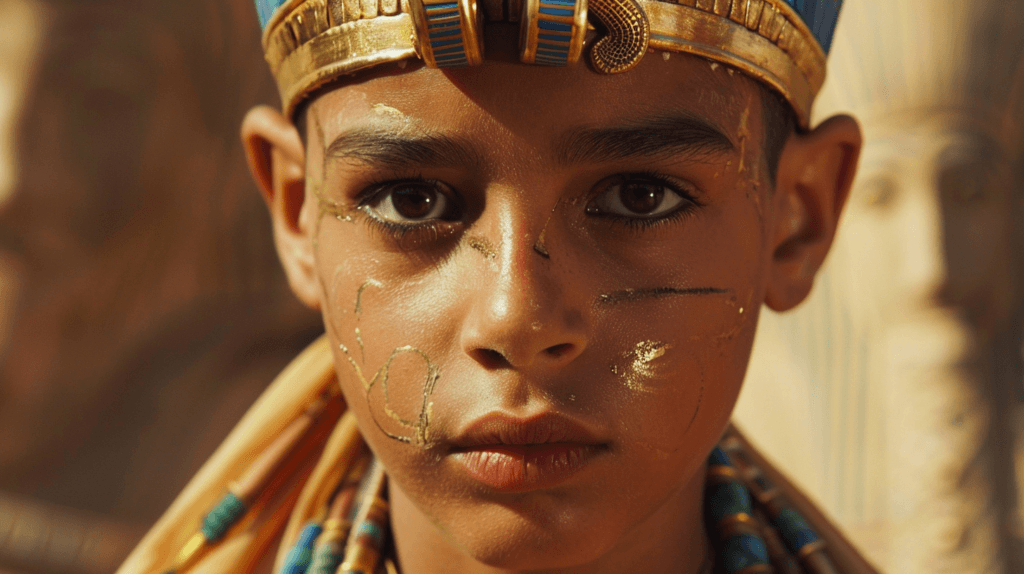
Tutankhamun: The Boy King Whose Tomb Captivated the World
Let’s shift focus to one of the most recognizable names from ancient Egypt: Tutankhamun. His fame, however, isn’t due to a long reign or grand monuments; it’s the discovery of his untouched tomb that catapulted him to global stardom. In 1922, Howard Carter uncovered the tomb, and with it, the most extensive collection of ancient Egyptian treasures ever found. This event sparked a media frenzy and fueled a worldwide fascination with Egyptology.
The Mystery and Intrigue of Tutankhamun’s Reign
Now, what really strikes a chord with people about Tutankhamun isn’t just his treasure-laden burial chamber, it’s the intrigue and mystery his life and death hold. My point here is that it’s not just about the gold and artefacts; it’s about connecting with a past that feels both alien and oddly familiar. The myth of the ‘curse of the pharaohs’ further spiced up his tale, captivating the imagination of millions and keeping his legacy alive in pop culture.
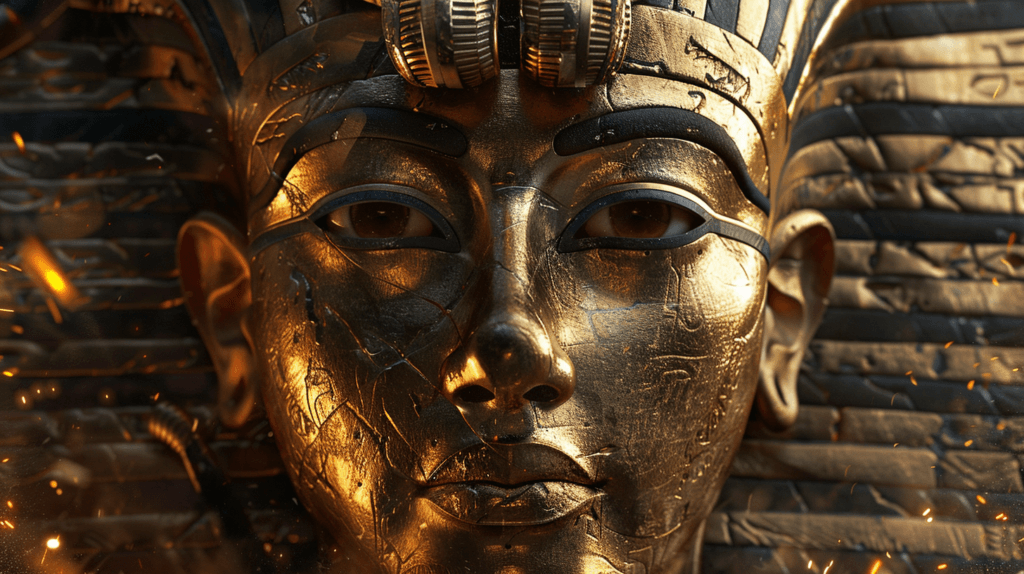
Tutankhamun’s Tomb
But beyond the allure and myth, Tutankhamun’s significance lies in what his tomb reveals about ancient Egyptian burial practices, beliefs in the afterlife, and artistry. The sheer number of items buried with him, meant to accompany in the afterlife, provides an incomparable window into this ancient civilization.
The Eternal Legacy of a Minor Pharaoh
I’d say Tutankhamun’s tomb is more than just a treasure trove; it’s a historical document made of gold and precious stones. And while Tutankhamun himself might have been a minor pharaoh during his lifetime, his death assured him a place in eternity, at least in the eyes of historians and enthusiasts around the world.
Next, we step into the captivating tale of Cleopatra VII, whose life and reign were far from minor. Her story intertwines with those of Julius Caesar and Mark Antony, becoming an epic saga of love, power, and tragedy. But her importance extends beyond her dramatic liaisons; her political savvy and economic strategies had an indelible impact on ancient Egypt’s place in the world.
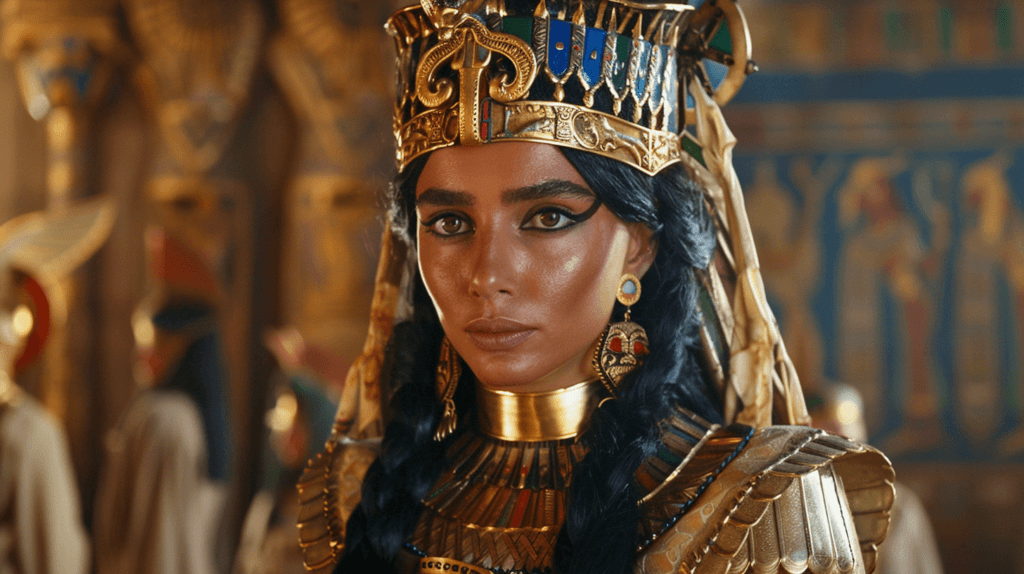
Cleopatra VII – The Last Pharaoh
You’re going to find out about one of the most intriguing figures of ancient history: Cleopatra VII. Often simply known as Cleopatra, she wasn’t just the last active ruler of the Ptolemaic Kingdom of Egypt but a figure of immense political shrewdness and cultural impact.
Her romantic liaisons are famous, but they can overshadow her strategic alliances with two of Rome’s most powerful leaders, Julius Caesar and Mark Antony. These relationships were part of a larger political game, with Cleopatra aiming to secure her throne and extend her influence.
The Last Pharaoh’s Quest for Power
Cleopatra’s legacy isn’t just built on tales of romance and tragedy, though. She was a shrewd economic manager, and under her, Egypt thrived. Her reign saw significant developments in agriculture, and her policies helped stabilize the failing economy she inherited.
The Power and Influence of a Female Pharaoh
Despite the allure of her personal life story, Cleopatra’s political acumen is also depicted through dramas, literature, and films, often serving as a symbol of a powerful woman who challenged the gender norms of her time.
Cleopatra’s Economic and Political Strategies
In my opinion, Cleopatra’s ability to navigate through the complexities of both Egyptian and Roman politics speaks volumes about her intelligence and capabilities as a ruler. This impact reverberates in our modern understanding of female leadership.
Select an aspect of Cleopatra’s story that speaks to you personally. Is it her political strategy, her economic reforms, or her ability to maintain power in a male-dominated world? Her life offers a wide array of lessons in leadership and resilience.
The Eternal Influence of Ancient Egypt’s Pharaohs
Egypt’s pharaohs are more than just rulers from the distant past; they are near-mythic figures that continue to captivate the imagination of people around the world. The stories of Ramses the Great, Tutankhamun, and Cleopatra VII, among others, are deeply etched into our cultural consciousness, shedding light on the rich tapestry of human history.
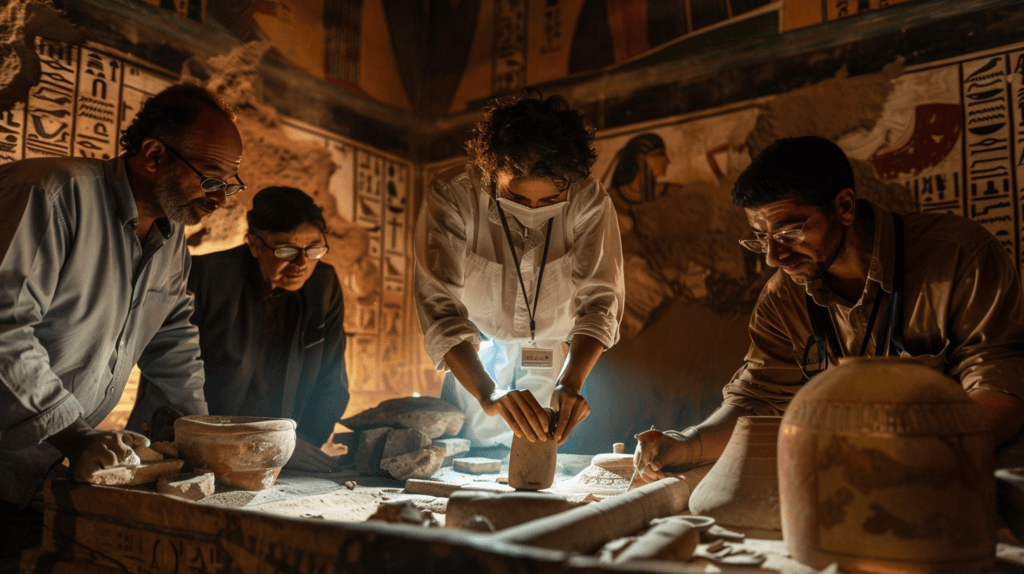
The work of archaeologists and historians has been invaluable in preserving and interpreting the legacies of these iconic leaders. Through painstaking excavations and analysis, we’ve uncovered complex burial rituals, awe-inspiring monuments, and game-changing political moves. These discoveries not only paint a vivid picture of ancient Egyptian culture but also provide an incredible insight into the organization and beliefs of a civilization that laid many foundations for the modern world.
The First Pharaohs: Founders of a Civilization
I’m fascinated by the way these ancient figures are still relevant today. They’ve inspired countless books, movies, and artworks, playing a part in the dialogue between the past and the present. It’s not just historians and archaeologists who keep the memory of the pharaohs alive – artists, writers, educators, and even those with a casual interest in history all contribute to the continued fascination.
Today’s efforts in conservation and study carry forward the pharaohs’ legacies, ensuring that future generations can share in the wonder. From the grand museums housing these treasures to the digital reconstructions of their majestic structures, we’re reminded of the pharaohs’ place in our collective heritage.

Who Are The Most Famous Pharaohs of Ancient Egypt?
To honor the most famous pharaohs of Ancient Egypt is to value the entirety of human history, to remain curious about our origins, and to recognize the profound impact these individuals have had on the evolution of culture and governance. As we look back in awe at the remnants of their once-glorious civilizations, we carry their stories into the future – a tribute that, I am sure, would please even the mightiest of kings.

